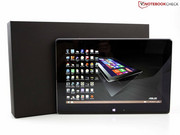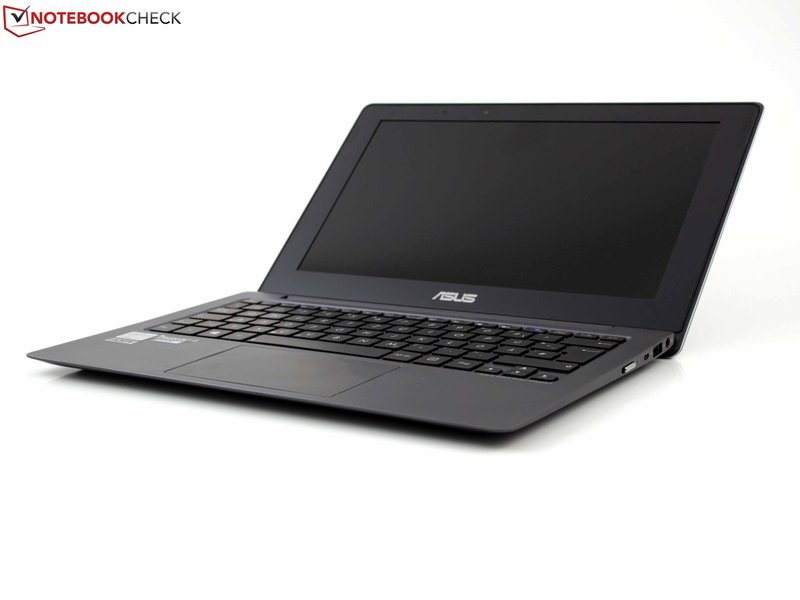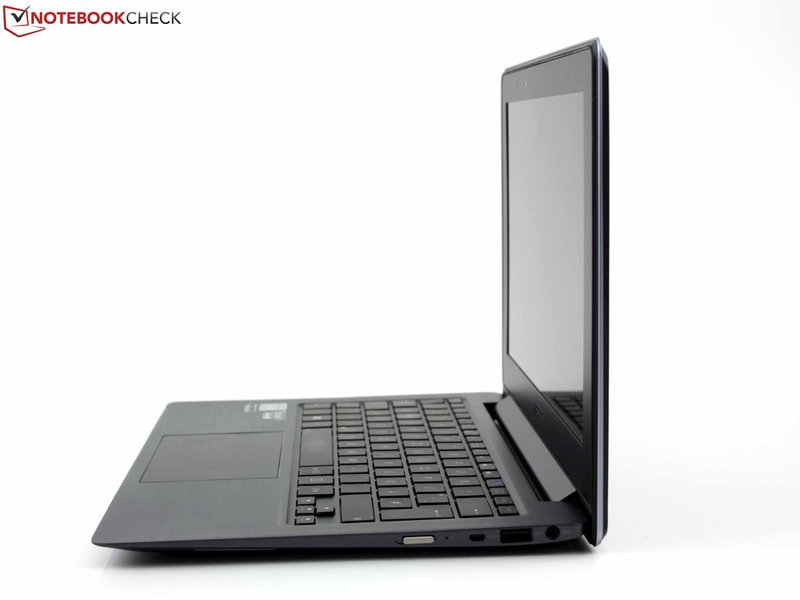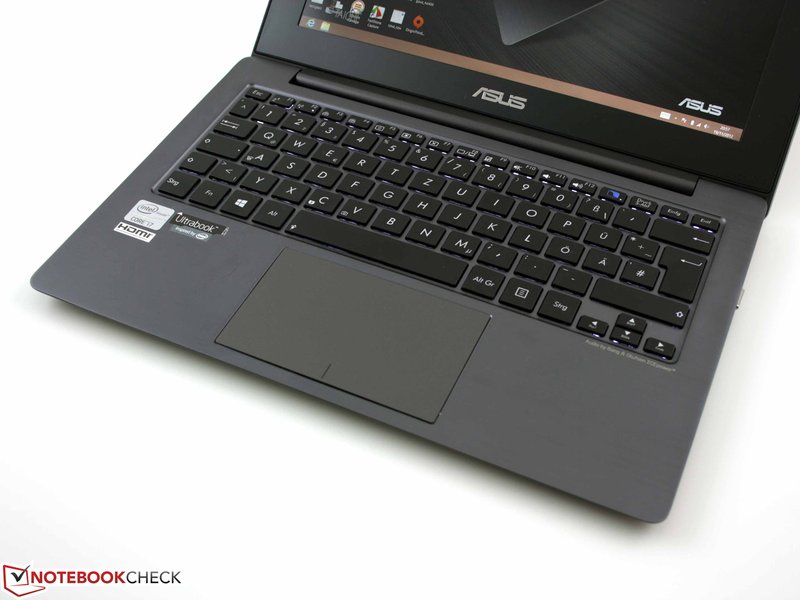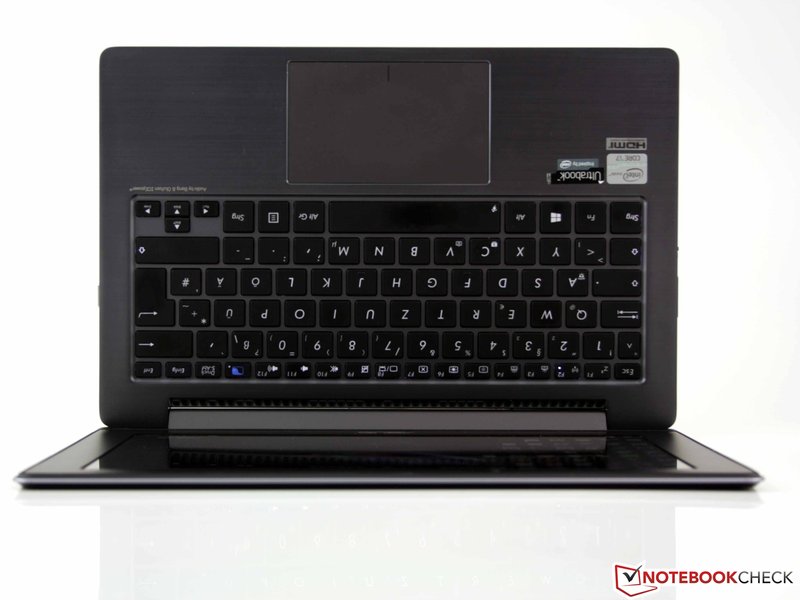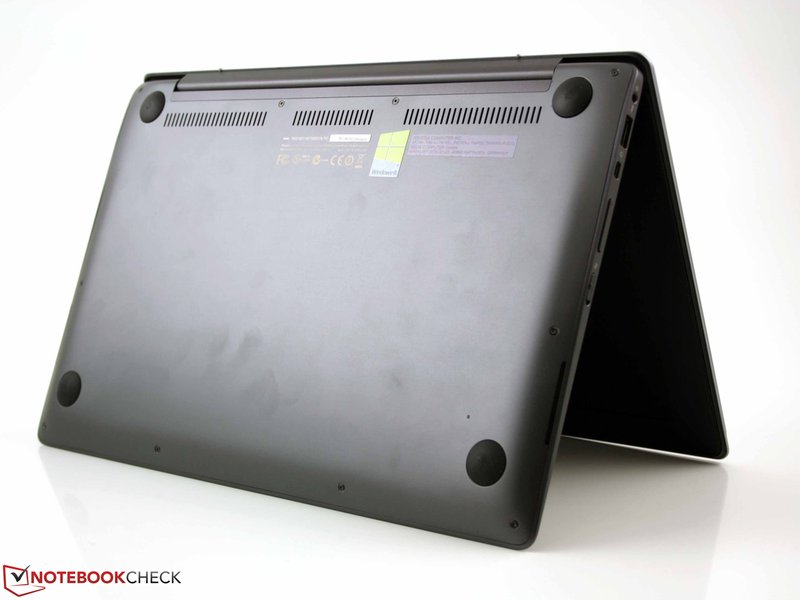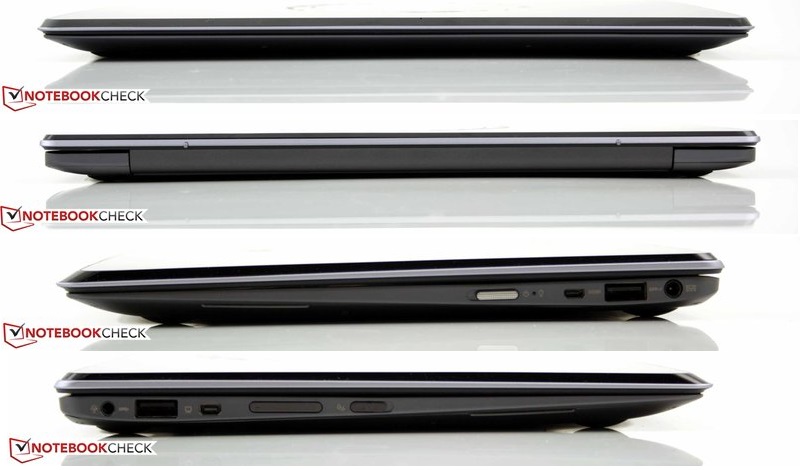Asus Taichi 21-DH71
Especificações do Portátil
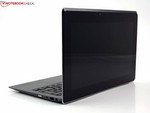
Price comparison
Média de 6 pontos (das 7 análises)
Análises para o Asus Taichi 21-DH71
Origem: IT Reviews
 EN→PT Archive.org version
EN→PT Archive.org versionThe Asus Taichi 21 offers a unique dual-display design, but the end result is a good ultrabook combined with a middling tablet, at a fairly high price. Ultimately, the Asus Taichi 21 (Taichi 21-DH71) is a decent ultrabook, with an innovative design that may not have broad appeal. That’s a shame because the glass-backed lid looks great, and the Zenbook-like design of the laptop echoes Asus’s best systems.
Análise única, Disponível online, Média, Data: 02/01/2013
Pontuação: Pontuação total: 60%
Origem: PC Mag
 EN→PT Archive.org version
EN→PT Archive.org versionUltimately, the Asus Taichi 21 (Taichi 21-DH71) is a decent ultrabook, with an innovative design that may not have broad appeal. That's a shame because the glass-backed lid looks great, and the Zenbook-like design of the laptop echoes Asus's best systems. Unfortunately, in this period of dual-device confusion, the attitude of "let's throw something at the touch screen and see what sticks" puts the Taichi 21 in the unenviable position of being a good ultrabook and a mediocre tablet, and not everyone will appreciate the combination of the two as a dual-display device. Despite the two-screened awkwardness, short battery life, and premium price, I'll gladly give Asus props for taking an innovative stab at today's odd design problems. For a better convertible ultrabook, however, consider either the Dell XPS 12 or the Lenovo IdeaPad Yoga 13, and for our top pick for ultrabooks, consider the Editors' Choice Toshiba Portege Z935-P300 $999.00 at Amazon Marketplace.
Análise única, Disponível online, Curta, Data: 01/30/2013
Pontuação: Pontuação total: 70%
Origem: CNet
 EN→PT Archive.org version
EN→PT Archive.org versionThe Asus Taichi 21 is fun, inventive, and a great conversation starter. It's also likely more clever than practical for many, and has a bit of a novelty feel -- but that's true of many of the new breed of Windows 8 laptop/tablet hybrids, as PC makers struggle to find forms that will appeal to consumers. The marketplace will ultimately decide which designs move forward.
Análise única, Disponível online, Média, Data: 01/29/2013
Pontuação: Pontuação total: 75% desempenho: 80% mobilidade: 70%
Origem: Digital Trends
 EN→PT Archive.org version
EN→PT Archive.org versionOh Asus, you tried so hard to impress us with the Taichi 21 – and it worked … at first. The idea behind this hybrid is cool and different, and we want to like it. We wish the battery life was a little longer, the bottom was less toasty, and the Taichi had some apps that make the two screens less of a novelty and more of a must-have feature. Alas, that is not the case, and we’re genuinely sad to say so.
Análise única, Disponível online, Longa, Data: 01/29/2013
Pontuação: Pontuação total: 55%
Origem: Inside HW
 EN→PT Archive.org version
EN→PT Archive.org versionAs a finished product, Taichi is a huge step ahead for the market, especially since most other manufacturers have stopped at the drawing board for now. Disregarding its few minor drawbacks, Taichi 21 has definitely ploughed no man’s land, with ASUS starting a new chapter in the IT industry yet again.
Análise única, Disponível online, Longa, Data: 01/26/2013
Origem: Laptop Mag
 EN→PT Archive.org version
EN→PT Archive.org versionASUS' Taichi 21 offers an innovative dual-screen design in a lightweight chassis along with impressive sound. Not only is it easy to change from notebook to tablet mode, you can use the external screen for giving presentations. And while there's nowhere to put the pen on the system, we appreciate that the Taichi supports pen input. Unfortunately, its short battery life makes the $1,599 price tough to justify.
Análise única, Disponível online, Longa, Data: 01/25/2013
Pontuação: Pontuação total: 50%
Origem: Mobile Tech Review
 EN→PT Archive.org version
EN→PT Archive.org versionAfter the June announcement's shock and awe wore off, the Asus Taichi seemed flashy rather than brilliant. After all, few of us really have use for two displays and those displays add weight and reduce durability (the lid is a piece of glass). Sure, it's novel and allows us to stick with the comfort of a traditional notebook hinge and form factor, but is it worth the $100 premium over single display models?
Análise única, Disponível online, Longa, Data: 01/24/2013
Pontuação: Pontuação total: 75%
Comentario
Intel HD Graphics 4000: Placa de vídeo de processador na gama alta dos modelos Ivy Bridge. Oferece uma freqüência diferente nos diferentes modelos de CPU (ULV a quad core de desktop) e, portanto, um desempenho diferente.
Alguns jogos atuais não tão exigentes podem ser jogados fluentemente com poucos detalhes.
>> Mais informação pode ser encontrada na nossa Comparativa de de Placas de Vídeo e a Benchmark Lista.
3517U: Veloz CPU ULV baseado em Ivy-Bridge no segundo trimestre de 2012. Oferece uma freqüência de 1,9 - 3,0 GHz e um GPU HD 4000 (350 - 1150 MHz). O TDP é de 17 W.
>> Mais informação pode ser encontrada na nossa Comparativa de Processadores Móveis.




